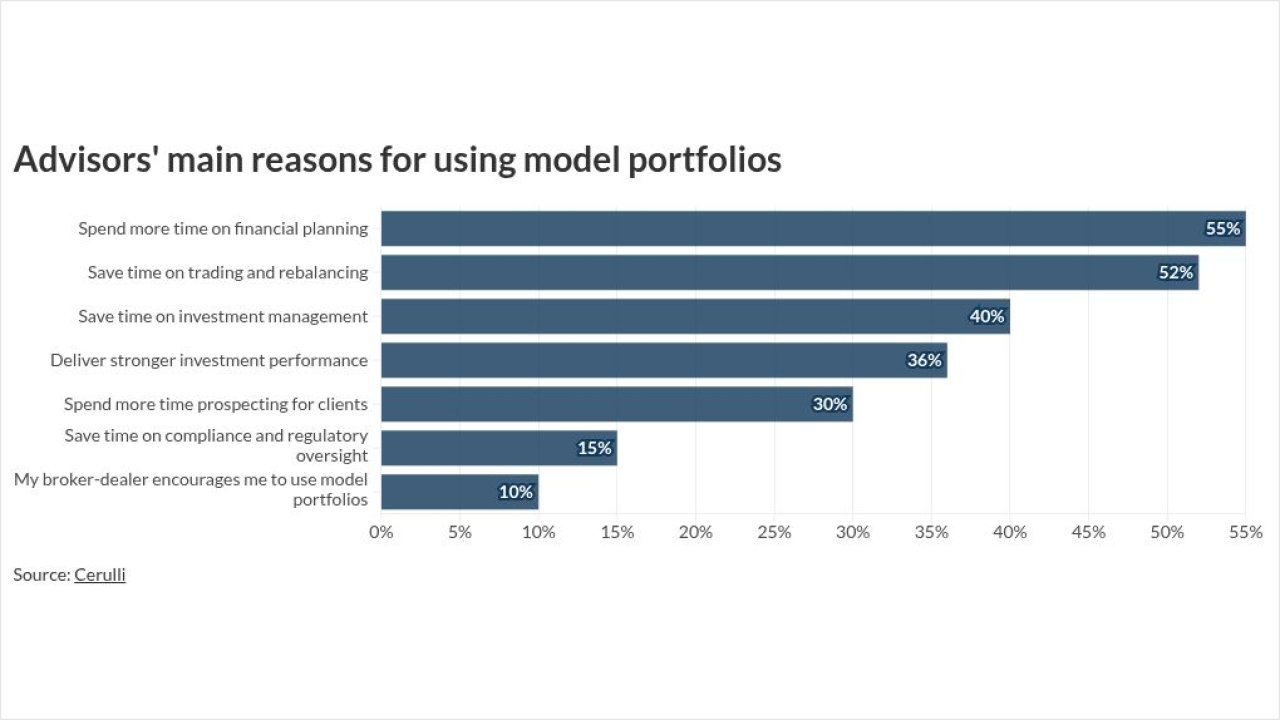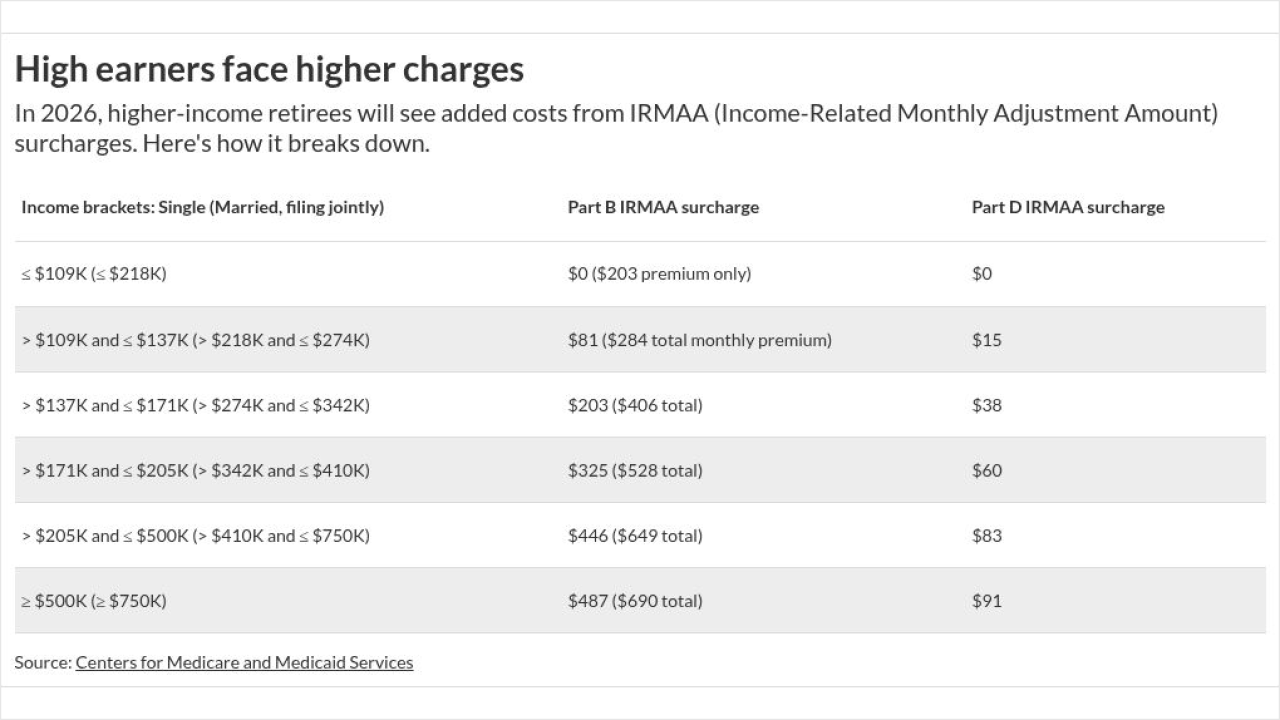Our weekly roundup of tax-related investment strategies and news your clients may be thinking about.
Changes under the new tax law have capped deductions for state and local taxes, limiting a homeowner’s ability to claim a tax break for their property taxes, according to Motley Fool. However, these clients can still lower their property tax liability by appealing the assessed home value made by their county or municipality. To do this, homeowners should determine the appeal process, which varies from county to county, and provide solid evidence that their property is overassessed.

A retiree who reached 70 1/2 last year had to take their first required minimum distribution from a tax-deferred account shortly before April 1, according to Kiplinger. The client will also have to take another RMD for the current year, meaning their tax bill for the current year is likely to increase. That’s because they would have two RMDs in a single year and mandatory distributions are treated as taxable income.
Younger workers are less likely than their older counterparts to sock away money in an employer-sponsored retirement plan, according to Bankrate. Many of them also don't have access to a plan, while others cannot afford to make the contributions. Those who have no access to a plan have the option of contributing to a Roth IRA, which can help them achieve tax diversification. A Roth is funded with aftertax dollars but provides tax-free distributions in retirement.
-
Attracting them means knowing what’s really important (hint: it’s not retirement).
December 4 -
"Real diversity and inclusion is when we achieve gender parity and adequate representation of ethnic backgrounds," says Monica Giuseffi, principal of financial advisor inclusion and diversity at the firm.
November 20 -
The key is thinking like a business owner and acting like a CEO, according to a new report.
September 25
The IRS has lowered the maximum contribution limit to health savings accounts for 2018 to $6,850 from $6,900, according to the Washington Post. An expert says although the change is very small, HSA holders should ensure that they comply with the new limit to avoid a 6% penalty. “Do you really want to give the IRS a reason to come find you?” the president of HSA Consulting Services asks.
The weird, the oddball and the most far fetched tax deductions clients have tried to take on their returns.
Taxpayers who want to invest their tax returns should identify investment options and compare them, writes an expert on Las Vegas Review-Journal. These clients should also determine the amount they intend to invest and the number of periods they intend to hold the investments. After this, they should continue by computing the value of their investment options and compare the value of these options, writes the expert. "Whether you are considering an interest-earning savings account, a CD or some other option, it’s important that you choose at least two to get a complete comparison,” the expert says. “You want to understand all your options.”






